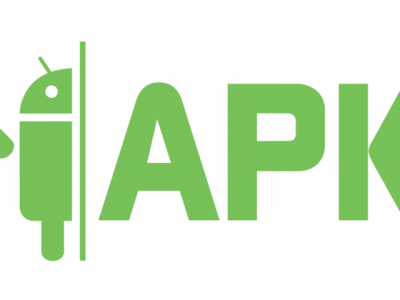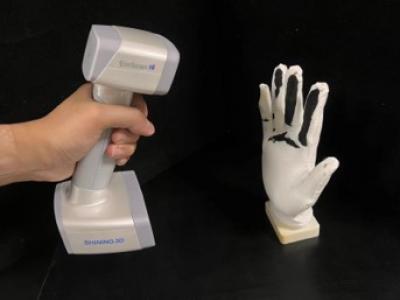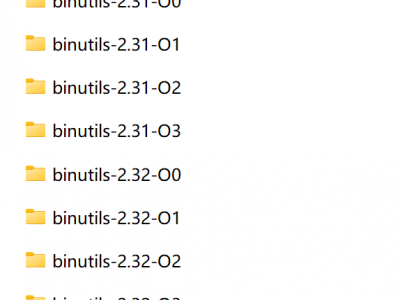Machine Learning
Numerous studies have focused on exploring Android malware in recent years, covering areas such as malware detection and application analysis. As a result, there is a pressing need for a reliable and scalable malware dataset to support the development and evaluation of effective malware studies. Although several benchmarks for Android malware datasets are widely used in research, they have significant limitations. Firstly, many of these datasets are outdated and do not capture current malware trends. Additionally, some have become obsolete or inaccessible, limiting their usefulness.
- Categories:
 298 Views
298 Views
Health degradation issues in automotive power electronics converter systems (PECs) arise due to repetitive thermomechanical stress experienced during real-world vehicle operation. This stress, caused by heat generated during semiconductor operation within PECs, leads to the degradation of semiconductor's operating life. Estimating the power semiconductor junction temperature (Tj) is crucial for assessing semiconductor degradation in operation. Although physics-of-failure-based models can estimate Tj, they require substantial computational power.
- Categories:
 283 Views
283 Views
Wild-SHARD presents a novel Human Activity Recognition (HAR) dataset collected in an uncontrolled, real-world (wild) environment to address the limitations of existing datasets, which often need more non-simulated data. Our dataset comprises a time series of Activities of Daily Living (ADLs) captured using multiple smartphone models such as Samsung Galaxy F62, Samsung Galaxy A30s, Poco X2, One Plus 9 Pro and many more. These devices enhance data variability and robustness with their varied sensor manufacturers.
- Categories:
 498 Views
498 Views
This dataset consists of near-infrared spectral images of eight different varieties of corn seeds, classified as FH759, JL59,JY54,JY205, LH205,XX5, ZY2207, SY81. Each variety contains images of embryonic and endosperm surfaces, with 50 samples per image. The wavelength range is 881-1715 nm.
- Categories:
 160 Views
160 ViewsHand contact data, reflecting the intricate behaviours of human hands during object operation, exhibits significant potential for analysing hand operation patterns to guide the design of hand-related sensors and robots, and predicting object properties. However, these potential applications are hindered by the constraints of low resolution and incomplete capture of the hand contact data.
- Categories:
 206 Views
206 Views
Despite the existence of road image datasets, these datasets predominantly focus on European roads with less variability in traffic and road conditions. To address this limitation, we have developed an image dataset tailored to Indian road conditions, capturing the extensive variations in traffic and environment.
- Categories:
 289 Views
289 Views
We present the SinOCR and SinFUND datasets, two comprehensive resources designed to advance Optical Character Recognition (OCR) and form understanding for the Sinhala language. SinOCR, the first publicly available and the most extensive dataset for Sinhala OCR to date, includes 100,000 images featuring printed text in 200 different Sinhala fonts and 1,135 images of handwritten text, capturing a wide spectrum of writing styles.
- Categories:
 458 Views
458 ViewsThe dataset is compiled from different versions of multiple projects across six architectures (ARM-32, ARM-64, MIPS-32, MIPS-64, X86-32, X86-64) and four compilation optimization levels (O0, O1, O2, O3), totaling 36,864 binary files. Each file corresponds to a specific combination of architecture and optimization level, providing a wide range of samples for analyzing and researching the properties and characteristics of binary files.
- Categories:
 247 Views
247 Views
The data set is from the Case Western Reserve University Rolling Bearing data set. SK6205 bearing located at the drive end is selected as the research object, and the acquisition frequency is 12KHz. The fault type is divided into three types, namely inner ring fault, rolling body fault and outer ring fault, and each fault type is divided into three fault sizes: 0.007, 0.014 and 0.021 inches.The length of each sample is 1024 and the repetition rate is 50%
- Categories:
 408 Views
408 Views
Classifying the driving styles is of particular interest for enhancing road safety in smart cities. The vehicle can assist the driver by providing advice to increase awareness of potential dangers. Accordingly, dissuasive measures, such as adjusting insurance costs, can be implemented. The service is called Pay-As-You-Drive insurance (PAYD), and to address it, the paper introduces a method for constructing a database of simulated driver behaviors using the Simulation of Urban MObility Simulation of Urban MObility (SUMO) simulator.
- Categories:
 295 Views
295 Views

